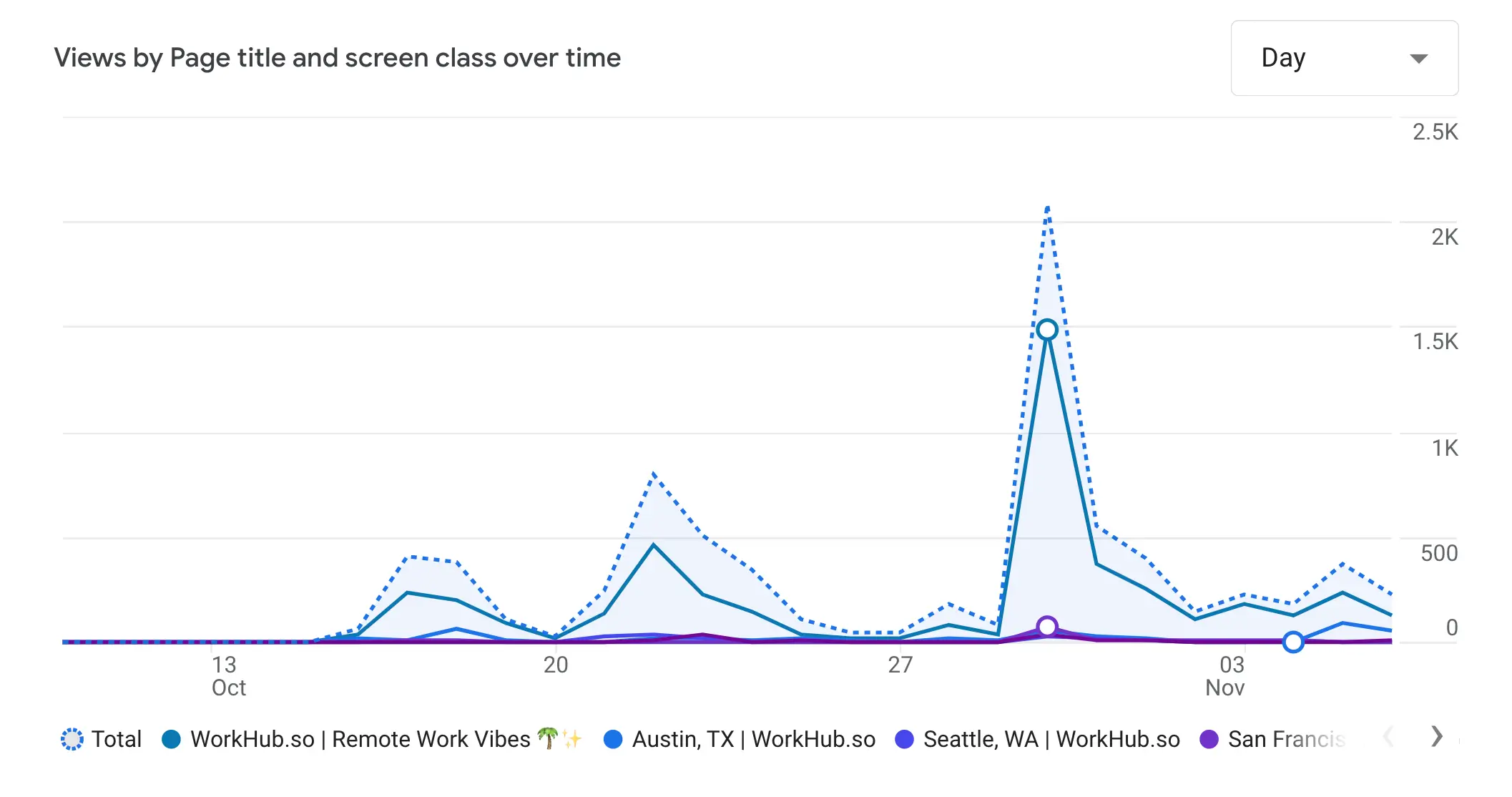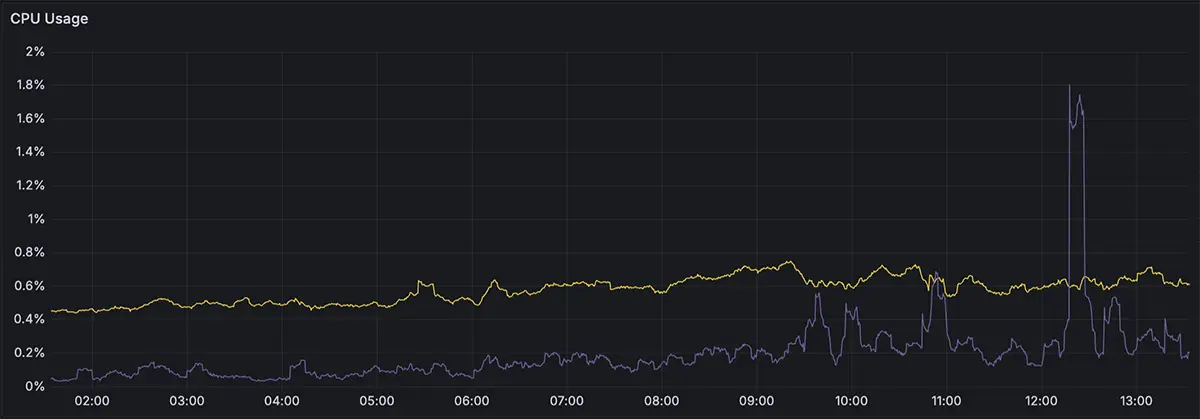While most startups spend hundreds or even thousands on cloud computing, we took a different approach with WorkHub.so. Our location discovery platform for remote workers and students runs on just $2 per month. Yes, really—two dollars. Here’s how we did it, and why you might want to consider this approach for your next project.
The Cloud Conundrum
The modern startup playbook is clear: leverage cloud services, scale fast, and figure out monetization later. It’s a compelling narrative, backed by the incredible convenience of services like Vercel, AWS, Google Cloud, and Azure. With a few clicks, you can deploy globally, auto-scale your infrastructure, and never worry about hardware maintenance.
But there’s a catch.
While generous free tiers make it easy to start, costs can quickly become prohibitive as your application grows. What starts as a $20/month bill can balloon to hundreds as you add features and users. For many startups, especially those requiring significant scale before monetization becomes viable, this creates a dangerous catch-22.
The WorkHub.so Challenge
This was exactly the challenge we faced with WorkHub.so. The business model was clear: once we reached critical mass, we could monetize through promoted listings and targeted advertising, similar to Yelp. But therein lay the chicken-and-egg problem:
- Without enough users, businesses wouldn’t pay for promotion
- Without enough content, users wouldn’t stick around
- Without either, traditional cloud hosting costs could kill the project before it gained traction
The $250 Solution
Instead of accepting the conventional wisdom of cloud-first deployment, we took a different approach: I purchased a used M1 Mac Mini for $250 and turned it into a self-hosted server. Here’s why this decision made sense:
- Fixed Costs: Unlike cloud services where costs scale with usage, the Mac Mini represented a one-time investment
- Impressive Performance: The M1 chip delivers remarkable performance while drawing only 5 watts at idle
- Multi-Project Potential: The same hardware could host multiple side projects, further amortizing the initial investment
- Docker-Ready: By containerizing the application, future scaling options remain open
Real-World Performance
The results have exceeded expectations. During our initial launch, WorkHub.so handled over 2k sessions with negligible impact on system resources. The M1 Mac Mini barely registered an increase in CPU load, even with multiple concurrent users accessing the application and performing GIS queries.


The True Cost Breakdown
| Cost Category | Cloud Hosting | Self-Hosted M1 Mini |
|---|---|---|
| Compute | $20-30/month | $250 (one-time) |
| Database | $15-20/month | Free |
| Storage | $5-10/month | Free |
| Data Transfer | Variable* | Free |
| Electricity | Free | $1-2/month |
| Monthly Total | $40-60+ | $2 |
| Yearly Total | $480-720+ | $24 + $250 (first year) |
Challenges and Trade-offs
This approach isn’t without its complications:
- Manual Setup: More initial configuration required vs cloud platforms
- Single Point of Failure: Downtime during server restarts
- Resource Management: Limited to 8GB RAM which requires careful optimization
- Backup Strategy: Must implement custom backup solutions
- Security Management: Full responsibility for OS, network, SSL and firewall
- Scalability Limitations: Fixed hardware resources limit rapid scaling if needed
- Geographic Performance: Higher latency without global CDN presence
While some of these challenges require ongoing attention (like security and backups), many represent primarily upfront investments of time rather than recurring costs. The resource and scaling limitations are acceptable for this phase of the project, and the geographic performance trade-offs are worth the cost savings for a bootstrapped side project. Overall, these trade-offs make sense given our current needs and budget constraints.
The Growth Strategy
Instead of rushing to scale, this ultra-lean approach allows for patient growth:
- Focus on product quality without cost pressure
- Let SEO naturally build over time
- Iterate based on real user feedback
- Nurture organic growth through word-of-mouth
- Consider cloud migration only when user growth justifies the cost
When to Consider This Approach
Self-hosting might be right for your project if:
- You’re building an MVP that needs time to find product-market fit
- Your business model requires scale to monetize
- You’re comfortable with basic server administration
- You’re building multiple side projects
- You want to focus on product development without cost pressure
Looking Forward
The beauty of this approach is its flexibility. If WorkHub.so gains significant traction, the containerized architecture makes it straightforward to migrate to cloud services. By then, the revenue model should support the increased infrastructure costs.
And if the project doesn’t reach the scale we hope for? With just $2 in monthly operating costs, there’s no pressure to shut it down. It can continue running indefinitely as a valuable portfolio piece, demonstrating both technical architecture and product design capabilities. This minimal overhead means we can maintain the service for years, allowing for long-term experimentation and gradual organic growth without the anxiety of mounting cloud bills.
